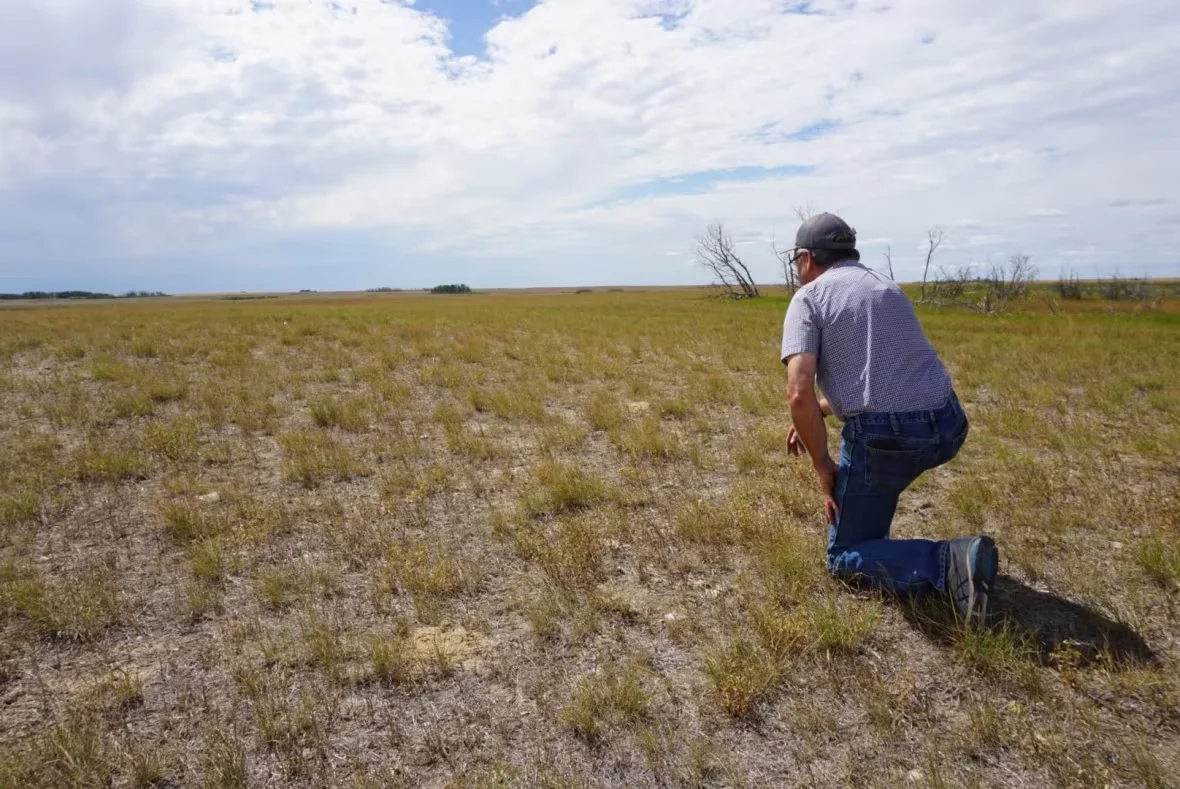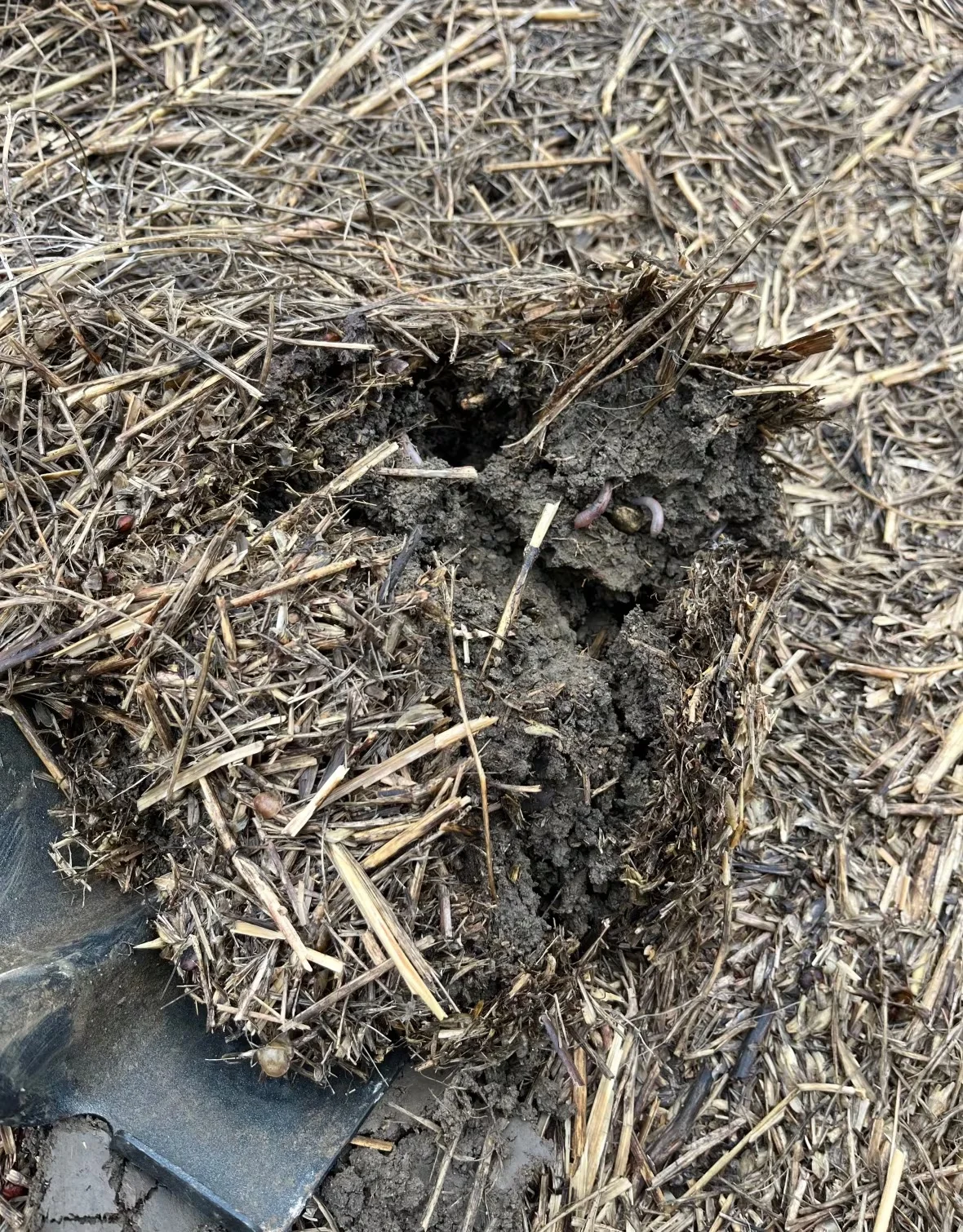
'Multimillion-dollar rain' revives soil in Saskatchewan south before farm season
After several consecutive years of drought in Saskatchewan, the first heavy rainfall of the year has given life to farmers' soil in southern parts of the province.
Ian McCreary's fields near Bladworth, Sask., about 90 kilometres southeast of Saskatoon, have been dry for at least the past three years. He has about 1,300 acres of land — about 900 being cropland and the remainder being for hay, pasture and wetlands.
SEE ALSO: In face of extreme weather, more Canadians turn to crowdfunding for help
In 2021, some sections of the Prairies experienced the worst drought in 50 years. McCreary said he's had more rain in the past 10 days than in two of the last three years.
"This is probably the first time you could say that a multimillion-dollar rain happens the first of May, because usually you're looking for those in June, but we were so dry that this one is huge for the whole industry," he said.
McCreary said he has measured more than 80 millimetres of rain in the past week, an "exceptional" amount that has a chance of saving his pasture and hay land.

Ian McCreary, a farmer near Bladworth, Sask., overlooking his barren hayfield in 2021. (Shannon McCreary)
"I think the moisture that came through here was pretty generous relative to lots of areas. We feel pretty blessed right now."
Farther south, about 20 kilometres north of the Canada-U.S. border, farmers are just as thankful.
As of noon CST Monday, Coronach, Sask., about 160 kilometres southwest of Regina, had recorded about 40 millimetres of rain over a 36-hour period, according to Environment Canada.
"I don't think we could have ordered it any better," said Derek Axten, a grain farmer with about 4,450 hectares of land around Minton, Sask., about 70 kilometres east of Coronach.
Rain has been falling steadily on Axten's fields, a welcome sight after winter brought less snow moisture than he and his wife had hoped.
Last year's drought took a toll on them, he said, but now moods are high for the Axtens and other farmers in the area.

The rain that soaked Derek Axten's fields has permeated the soil, bringing optimism ahead of a farming season after years of heat-stricken and dry fields. (Derek Axten)
The air even smells better.
"There's something, mentally, about it when we get rain, because when you go through a drought you start to wonder if it's going to rain again, or if it's going to get back into some kind of a wet cycle," he said.
"For us, there's a big sigh of relief when we get a rain like this."
Axten said his rain gauge isn't out, but his neighbours have already measured a few inches of water. He hopes for a few more across the whole area before the rain moves on.
"Obviously, it's going to make it better but … we're not out of the drought yet, we're going to need some rain in June and July to keep things moving along," he said.
The precipitation also prompted a warning from Environment and Climate Change Canada (ECCC), which forecast rainfall ranging from 50 to 75 millimetres by Wednesday morning in the most affected areas and 25 to 50 millimetres in the surrounding areas.

The aftermath of a grassfire on the northeast edge of Saskatoon. (Chanss Lagaden/CBC)
ECCC meteorologist Terri Lang said this type of precipitation is what spring is supposed to look like, compared with recent years.
Rainfall expected to reduce wildfire risk
The rainfall also comes shortly after a grassfire Sunday night in the northeastern part of Saskatoon that, when combined with strong winds, burned through an area about 800 metres long and 200 metres wide.
"A lot of our grasslands and the river valley has been really dry and there's been an extreme fire risk throughout the last four years. And so with this rain, it's really helping green things up and we're hoping that will reduce fire risk," said Renny Grilz, resource management officer for Meewasin Valley Authority, a conservation organization based out of Saskatoon.
In an email, a spokesperson for the Saskatchewan Public Safety Agency (SPSA) said the widespread rain and increased humidity has limited the potential for fires to spark — though warm and windy weather in the future would reverse that.
The SPSA said that of the 113 wildfires recorded so far in 2024, one has been determined to be lightning-caused, meaning the rest are likely a result of human ignition.
It also said that while it has not received any request for assistance in response to potential flooding, that does not mean there aren't areas being flooded.
WATCH: Tips to get ahead of your lawn care this year
Thumbnail courtesy of Derek Axten via CBC.
The story was originally written by Dayne Patterson and published for CBC News.









